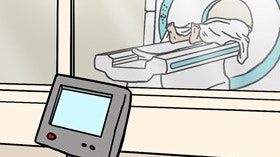Homepage
•
Learning Library
•
Blog
•
Simulation game helps students understand traumatic brain injury
Expand breadcrumbs
Expand breadcrumbs
- Learning Library
- Blog
- Simulation game helps students understand traumatic brain injury
- Homepage
- •
- Learning Library
- •
- Blog
- •
- Simulation game helps students understand traumatic brain injury
Simulation game helps students understand traumatic brain injury
By Chandana Jasti
November 7, 2014








